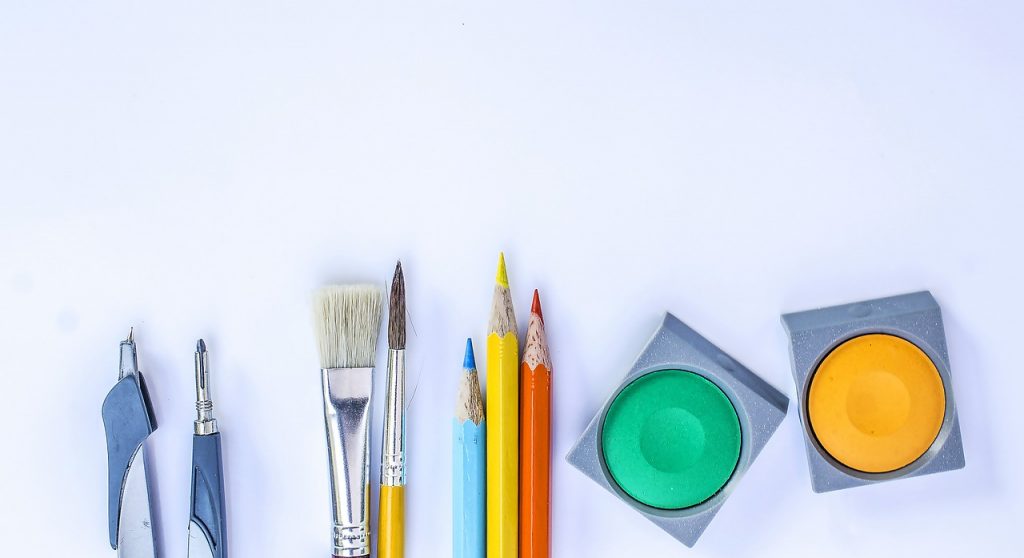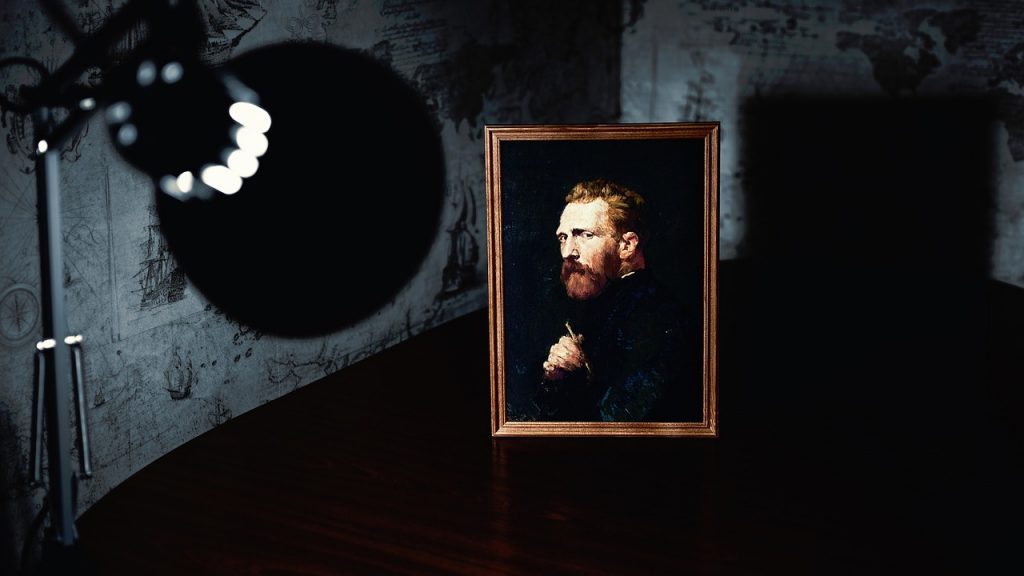When Art Symbolically Illustrates the Sufferings of the Mind
October 18, 2019
Art is the reflection of creativity and an outlet for stress. More than that, it is an expression of repressed emotions that can only be asserted through the stroke of a brush or the movement of a pen.

source: pixabay.com
One’s artistic expression may lead to mental healing because art is not something that is acquired or taught, but something that is innately personal which primarily comes from deep within. Though there may be schools or institutions that are involved in formal training, what molds people to become artists are their feelings, thoughts, and experiences.
Everyone can be an artist in his or her respective field of interest and passion. For a lot of people, art is a form of a communicative process where they can explicitly articulate what’s bottled up inside them without hesitation or limitation.
The Many Faces Of Art
For a lot of artists who go to great lengths to create an abstract of majesty and intricacy, art has become their outlet to understand and deal with their psychological condition. Creativity is not boxed in something specific like other subjects at school; it is something that’s unrestrained and liberal.
“It’s a bit like the art being a mirror that reflects real or imagined events and places,” according to Lisa Smith, Ed.D., Jeffrey Smith, Ph.D., and Pablo Tinio, Ph.D. They explain that, “If you have a series of such interactions, you may have what Csikszentmihalyi called a flow experience, in which you think more deeply about your life, your relationships, and even your place in society.”
That said, art is more than a form of expression but a symbol for the pent-up sufferings of the human mind. How is this illustrated in its rawest nature?
Art provides a feeling of security and unity. It is a medium that allows people with various mental illnesses like bipolar disorder, schizophrenia, depression, and anxiety to reveal the madness and confusion within themselves fully that cannot be easily conveyed by small conversations. Somewhat similar to a subconscious reveal, art indicates a person’s undisclosed personality, emotions, and burdens.

source: pixabay.com
For those who are going through hardships due to episodes of melancholia, paranoia, panic attack, or any of those mood disorders that get in the way of living normally, art has been a way to relieve themselves of their misery and pour all the negativity onto a canvas or an empty paper.
By doing so, they are gradually healing themselves and acquiring a new kind of perspective through the passing of their frustrations from within to the outside world. More so, people with mental illness are less afraid to share what it feels like to be trapped in a mind that chains them from becoming highly productive, lucrative, and sociable citizens.
Why Art?
Paradoxically, creativity is the simplest yet the most complicated form of verbalization of oneself. Art is not linear for it does not just follow specific rules. There are no boundaries that cage artists in a particular regulation in which they are required to adhere to. During times of stress, confusion, or mixed emotions, art is welcoming and non-judgmental; it allows you to transmit messages without apprehension or remorse. That is where art becomes therapeutic and somewhat magical.
“That is where art becomes therapeutic and somewhat magical. These therapeutic interventions are tailored to the individual’s needs and are constructed to help a patient achieve her/his therapeutic goals,” says Wayne Jonas, M.D. “They allow the patient to express feelings or thoughts in a more complex and multidimensional manner than with words only and can help the patient address traumatic or uncomfortable situations without the use of words.”
Taming The Demon Within
Mental illness feels like a firestorm of emotions coupled with outbursts of hallucinations and a variety of voices that tunes in and out at any given time. It’s like your inner demon has decided to come out and play and ever since it introduced itself to the world, it has settled to stay.
There are a lot of ways to expunge or somehow tame the monster creeping underneath the layer, but art has masterfully conjured the deftness of implementing healing through all sorts of creative depth depending on the individual’s fascination or expertise.
Psychologists have long incorporated painting as a therapy for their patients, encouraging them to search inside and find that particular thought or emotion that bothers them to the core. While psychotherapy is a viable solution, it’s not always adequate for everyone who has a mental illness. There are a wide variety of alternatives that can serve as useful treatments to keep the disturbing thoughts and feelings at bay.
Through The Eyes of Van Gogh
Vincent van Gogh, one of the most prominent figures and icons of classic art literature, has infused his art with isolation. Said to be suffering from manic depression, Van Gogh somehow assimilated his mental illness in his art, showing signs of trauma, chaos, and grief. However, there are those who only see Van Gogh’s works as depictions of his madness or insanity.

source: pixabay.com
Despite what people know about Van Gogh, only focusing on his “abnormality” and setting aside his ingenuity, his contributions to modern artistry has been quite outstanding that it birthed a hailstorm of artists featuring a plethora of imagination and talent.
Arthur P. Shimamura, Ph.D., wrote, “…the more we know about the historical context of an artwork the better we are able to understand the story.”
Mental illness or not, one can agree that art is a complex resolution to self-discovery, self-proclamation, and self-acceptance. As more individuals uncover their true artistic passion, honing one’s creativity has become an opportunity to relate to other people and an outlet to survive and thrive through life.